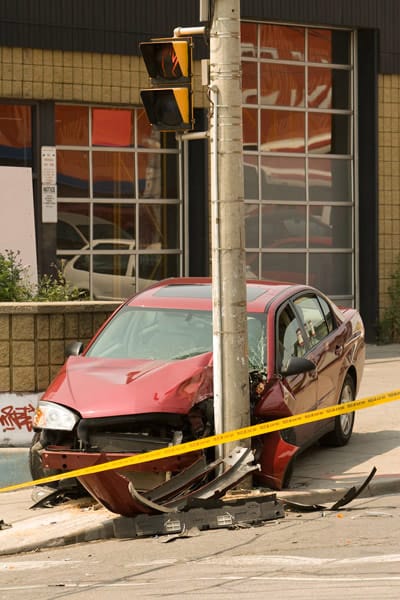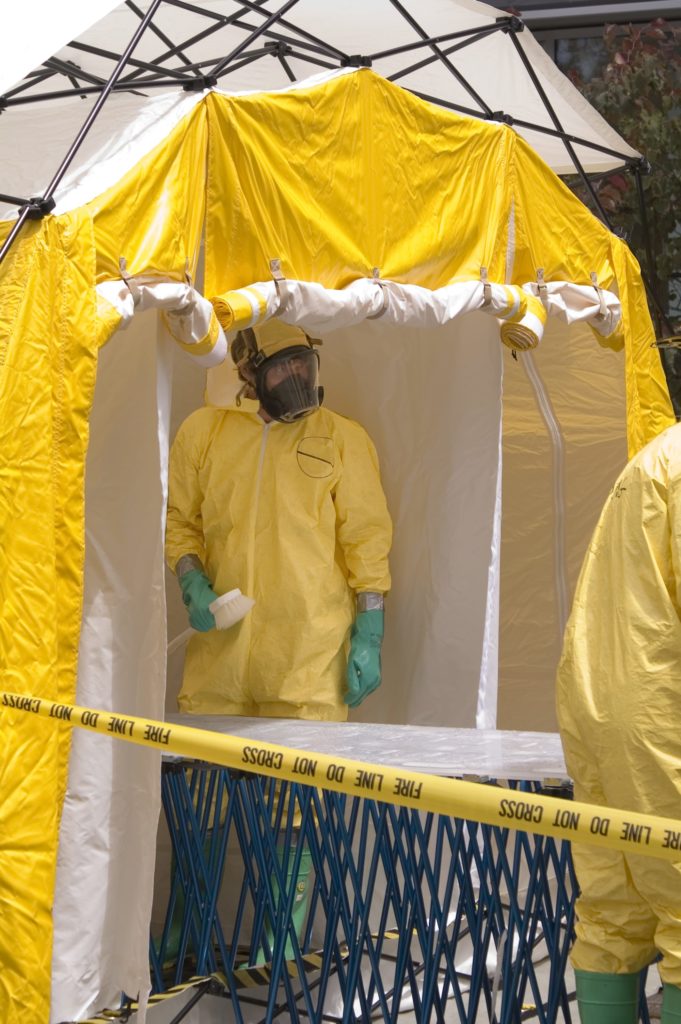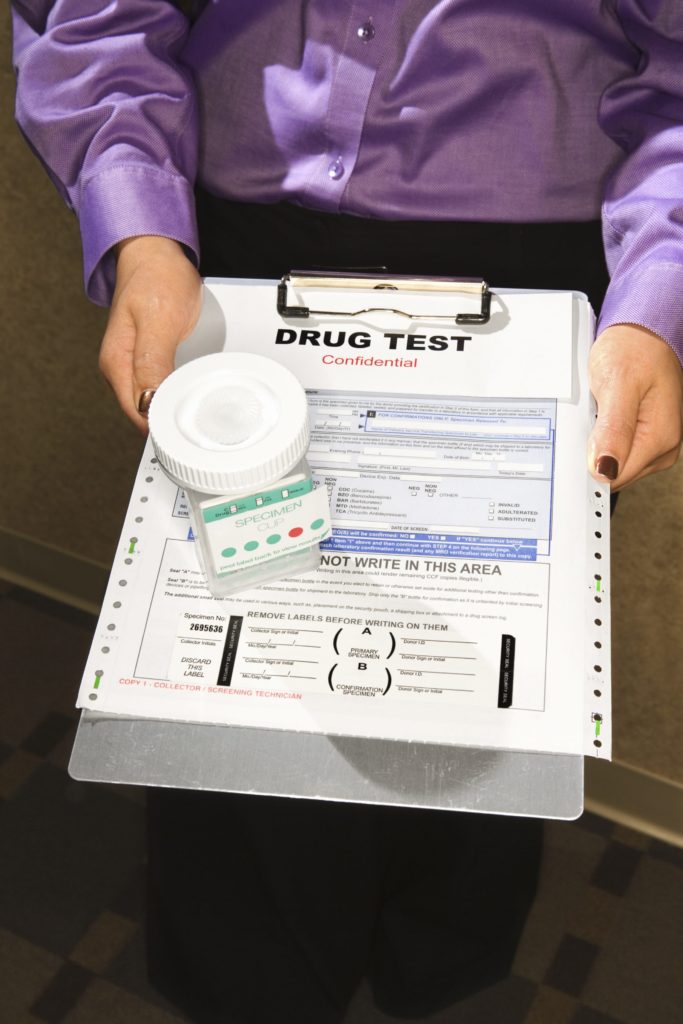Drug use is estimated to cost $6,120 per second in the U.S. In the time it took you to read that sentence, more than $12,000 vanished in lost productivity, criminal justice costs and drug-related crimes. Since 2007, the National Drug Intelligence Center estimates that drug use has cost the country $193 billion. In the current economic climate, it seems as though any measure to remove these mounting losses should be carefully considered and implemented as soon as possible. Although the solution is as simple as replacing ineffective prison sentences with rehabilitation for substance abuse, these losses continue to mount with startling regularity.
The Cost of Drug Use
Determining the cost of drug use to society isn’t easy. There are a lot of aspects to consider, but they can be grouped into various types of expenses. The most obvious expense is the money spent on the criminal justice system, with police officers being paid round-the-clock and across the country to attempt to curb the manufacture, sale and possession of illegal drugs. This expenditure is as old as the war on drugs itself, yet there are still plenty of illegal substances permeating our streets. There are also the crimes that are committed to support a drug habit. In 2004, 17 percent of state and 18 percent of federal inmates said that they had committed their crimes to obtain money for drugs. The issues arise because illegal drugs generally have the potential for addictiveness, and funding a habit that’s spiraling out of control is expensive. With drug addiction causing obvious problems for finding employment, the addicted individuals frequently turn to crime to fund the habit. The black market for drugs creates most costs to society. The system requires the manufacture, transportation and distribution of the substances, and there is also potential gang violence resulting from disputes over territory. In addition, those involved in this system don’t participate in the mainstream economy, and are therefore more likely to resort to other nefarious activities to make money. They’re also likely to be surrounded by other criminals, and may pick up illicit skills and meet new contacts to aid them in committing crimes. After all of these potential costs, there are even more to consider when an offending individual is imprisoned. Almost half of inmates in federal prisons are there for drug-related offences, and the Justice Police Institute points out that in 2009, the number of inmates in state prisons for drug-related offenses increased by 550 percent from the preceding 20 years. With a prison population per capita that exceeds that of the 26 largest European countries combined, you can rest assured that drugs are costing the country a substantial amount through the prison system.
What Are We Doing About it?
Sadly, the primary solution being offered by the government is prison. Research shows that 60 to 80 percent of drug users commit another crime after being released from prison and about 95 percent start using drugs again. The fact that the vast majority of ex-drug users released from prison start using again means that they may commit more drug-related crimes and start the entire cycle again. The most positive solutions put into practice so far are drug courts. These are used for non-violent offenders who are addicted to drugs, and they provide ongoing treatment for addiction while still holding individuals accountable for their actions. Addicts get the treatment and support they need to stay clean, but they appear regularly before a judge to ensure that they meet their obligations to themselves, society and their loved ones. Research conducted into the effects of drug courts shows that they are effective at reducing drug-related crime and saving society money. A meta-analysis of the studies conducted into their effectiveness showed that drug courts reduce crime by 35 percent in comparison to alternative approaches. In financial terms, research has shown that society saves about $4,000 to $12,000 per client who uses the system. However, only half of the currently eligible, non-violent drug users have access to the programs.
Could We Do Better?
The cost of drug-related crime to society is huge, and although the drug court system shows promise, there is much more that could be done. Helping non-violent drug users is obviously great, but in terms of the costs to society and helping the individuals affected, any drug or alcohol addicted offenders should be made eligible for the program. Addiction is a serious health problem, and although some individuals may behave violently, they still need help. If this were a different mental health problem, such as schizophrenia, it would be scandalous to refuse treatment on the grounds of violent outbursts, which are somewhat expected. Drug use is no different, and it’s clear that prison sentences won’t solve the problem. If the drug court system were expanded to cover anyone at risk for drug or alcohol abuse at the time of arrest, the savings are estimated at $3.36 for every dollar invested. This works out to $32.3 billion over the course of a year. With mounting costs in a stormy economic climate, there is more reason than ever to adopt a more treatment-focused approach to drug-related offenses.






